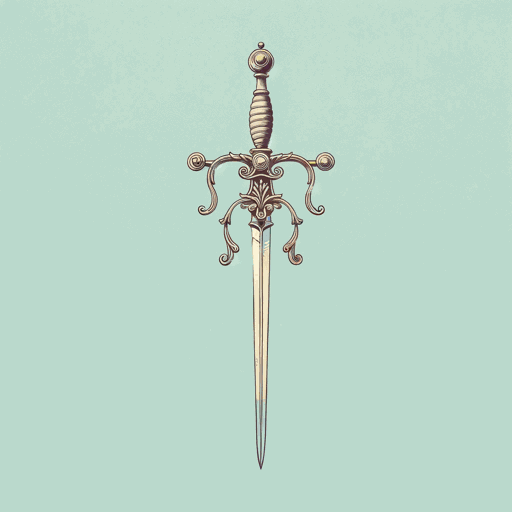52 pages • 1 hour read
Marie-Henri BeyleThe Charterhouse of Parma
Fiction | Novel | Adult | Published in 1839A modern alternative to SparkNotes and CliffsNotes, SuperSummary offers high-quality Study Guides with detailed chapter summaries and analysis of major themes, characters, and more.
Symbols & Motifs
The Tower
Prefigured by the Abbé’s tower in Chapter 2, the Farnese Tower of the novel’s second half stands as the fulfillment of Fabrizio’s self-ascribed destiny. What first offered an outlook onto feared omens later becomes the site of Fabrizio’s final discovery of love. Love is what Fabrizio first seeks at Waterloo, where he is ultimately disabused of his ideals of brotherly loyalty. He seeks it too, along with education, in his first period of exile, during his clerical education and as a Monsignore in Parma. “In love with love,” Fabrizio is also consistently baffled by his own ignorance. As though defying all the laws of a romantic hero, he can neither gain knowledge nor find love until he returns to the tower that offers not horizontal growth in historical time, but vertical positioning. The tower symbolizes perspective and stability, a long view on the world that is obtained from being still, if not concealed. The narrator tells readers that the Tower is named for an incestuous Prince; for Fabrizio it becomes an emblem of the crime which he never committed with Gina but nevertheless always seemed to be guilty of. This guilt had just cause in the true reason for his arrest—the Prince’s jealous rage over Gina.
Featured Collections
Challenging Authority
View Collection
Class
View Collection
Class
View Collection
European History
View Collection
French Literature
View Collection
Historical Fiction
View Collection
Italian Studies
View Collection
Memorial Day Reads
View Collection
Military Reads
View Collection
Politics & Government
View Collection
Power
View Collection
Required Reading Lists
View Collection
School Book List Titles
View Collection

